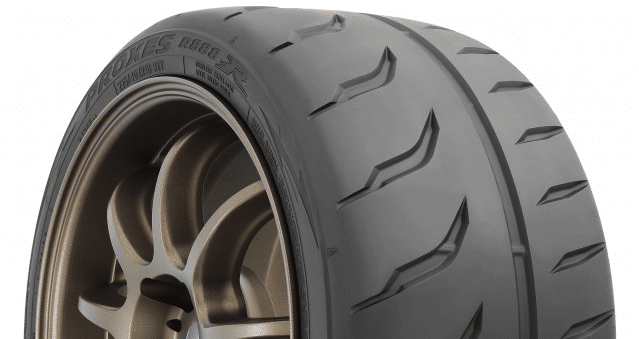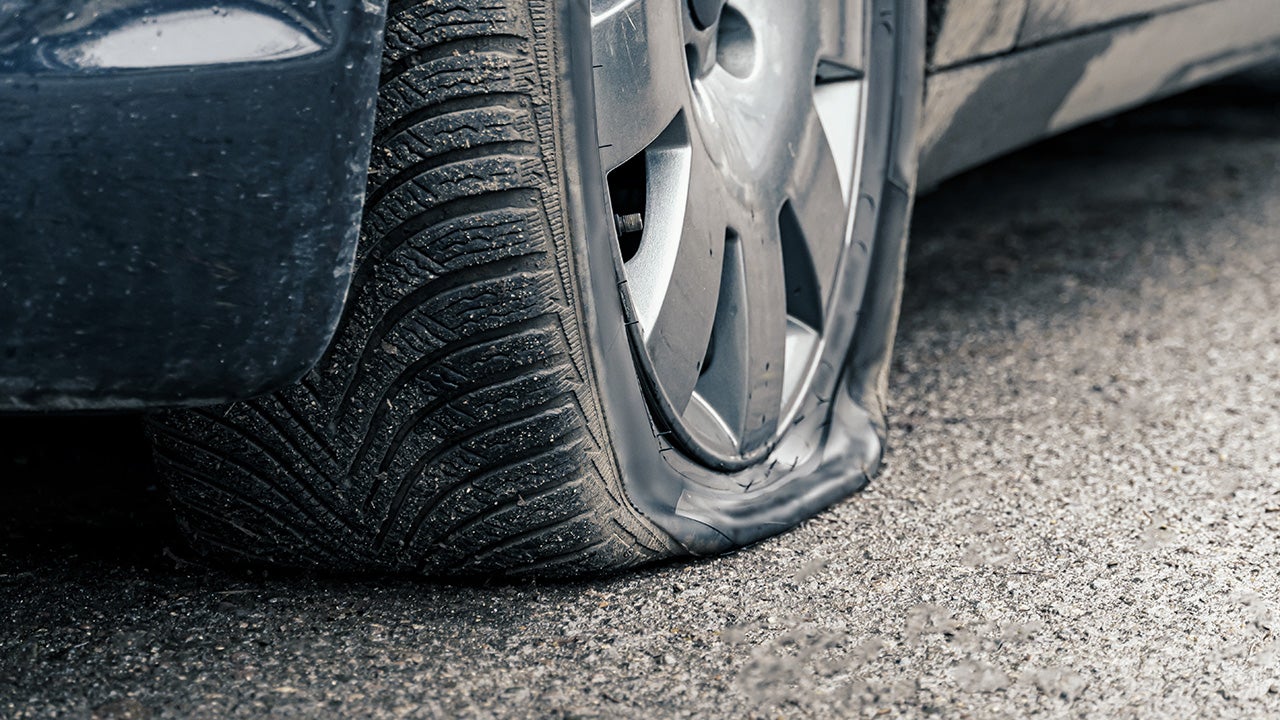All Categories
Featured
Table of Contents
The Michelin offered a comfortable driving experience, characterised by responsive steering and a progressive understeer balance. In spite of the cooler screening conditions, Michelin's regular time and grasp over 3 laps indicates its viability for real-world applications. On the other hand, Yokohama's efficiency was unique. While its super-quick steering resulted in a rapid front axle turn, the back revealed a tendency to turn extra.
Another significant aspect was Yokohama's workout time. The tire's initial lap was a 2nd slower than the second, indicating a temperature-related hold rise. This recommends the Yokohama may shine in dry, race-like conditions. Nonetheless, for day-to-day use, the Michelin could be a safer bet. Next in line was the Hankook.
Cheap Tyres – Bassendean
It shared Michelin's risk-free understeer equilibrium yet did not have the latter's willingness to turn. Continental and Goodyear's performances were remarkable, with Continental's new PremiumContact 7 showing a significant improvement in wet conditions contrasted to its precursor, the PC6. This version was much less sensitive to fill adjustments and acted similar to the Michelin, albeit with somewhat much less communication at the limit.
It combined the risk-free understeer balance of the Michelin and Continental with some sporty handling, showing both predictable and fast. As an all-rounder for this Golf GTI, Goodyear's Uneven range was the standout, demonstrating impressive performance in the damp. Finally, the Bridgestone Potenza Sport took the crown as the fastest tyre, albeit by a little margin.
Vehicle drivers seeking an amazing damp drive could find this tire worth considering. The standout entertainer in damp braking was the newest tire on examination, the PremiumContact 7, though the outcomes are nuanced.
Top Tyre Fitting – Bassendean
Preferably, we desired the cold temperature level test to be at around 5-7C, yet logistical hold-ups implied we checked with an average air temperature level of 8C and water at 12C. While this was cooler than basic test problems, it was still warmer than real-world problems. The warm temperature level test was done at an average of 18C air and 19C water.
The third run entailed damp braking examinations on worn tires, specifically those machined to 2mm with a small run-in. While we meant to do more with these worn tyres, weather constraints restricted our testing. It's worth noting that damp stopping is most important at the used state, as tires usually improve in dry conditions as they use.

Bridgestone, Goodyear, and Michelin saw the least performance reduction when put on. The Hankook tyre registered the tiniest efficiency drop as temperatures cooled, however it was among the most influenced when used.
Discount Tyres Near Me – Bassendean WA
The take-home message here is that no solitary tire mastered all elements of wet braking, indicating a complex interplay of factors influencing tire efficiency under different problems. There was a standout tire in aquaplaning, the Continental finished top in both straight and curved aquaplaning, with the Michelin and Goodyear likewise great in deeper water.

Yokohama might benefit from a little more grasp, an issue possibly influenced by the cooler problems. When it comes to dealing with, all tires done within a 2% range on the lap, demonstrating their premium efficiency (Tyre repair services). Taking into consideration these tyres basically target the exact same customer, it's fascinating to observe the significant differences in feel.
The shock is since the PremiumContact 6 was just one of my favourites for stylish completely dry drives, however its follower, the PremiumContact 7, seems elder and looks like Michelin's performance. Among these, Hankook was the least accurate in steering and interaction at the limitation. Tyre packages. Both Michelin and Continental supplied beautiful initial guiding, albeit not the fastest
If I were to suggest a tire for a fast lap to a newbie, say my papa, it would be one of these. Then we have the 'enjoyable' tires, specifically Yokohama and Bridgestone. Both were quick to steer and really felt sportier than the others, yet the trade-off is a more playful back end, making them extra tough to handle.
Affordable Tyre Sales (Bassendean WA)
It provided similar guiding to Bridgestone however provided better responses at the restriction and far better grasp. The Bridgestone Potenza Sporting activity, however, appeared to weaken quite rapidly after simply 3 laps on this demanding circuit. Finally, there's Goodyear, which positioned itself someplace between the fun tyres and those having a tendency in the direction of understeer.
All in all, these tires are outstanding entertainers. In terms of tire wear, the approach used in this examination is what the market refers to as the 'gold criterion' of wear.
Both the Bridgestone and Yokohama tires substantially underperformed in contrast to the various other 4 tyres in terms of rolling resistance, with Continental slightly outmatching the rest. Regarding the comfort level of the tyres, as expected, a lot of showed an inverted connection with handling. The Continental, Michelin, and Goodyear tyres done ideal throughout different surface kinds tested.

Bridgestone started to show indications of firmness, while Yokohama was particularly jarring over fractures. We did gauge internal sound degrees; nonetheless, as is typically the situation, the results were closely matched, and because of weather restraints, we were incapable to conduct a subjective analysis of the tires noise. We looked at abrasion numbers, which determine the quantity of tire walk shed per kilometre, normalised to a one-tonne lorry.
Tyre Rotation Services
This figure stands for the quantity of rubber dirt your tires generate while driving. Michelin led in this classification, producing over 9% much less rubber particle matter. On the other hand, Hankook produced 32% even more. This is an aspect I believe the market needs to focus on even more in the future, and it's something Michelin is advocating.
Latest Posts
Honest Budget Tyres Near Me
Leading Cheap Car Tyres Near Me ( Stirling)
Honest Tyre Fitting Near Me